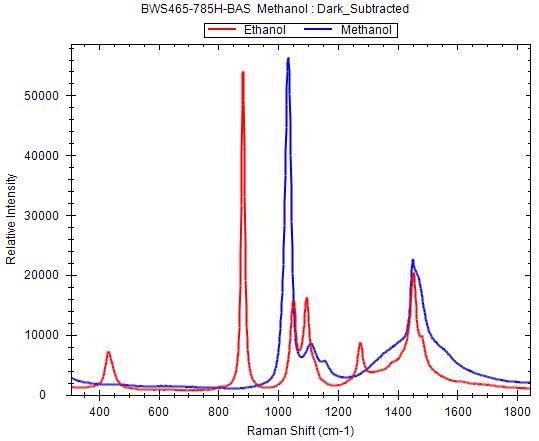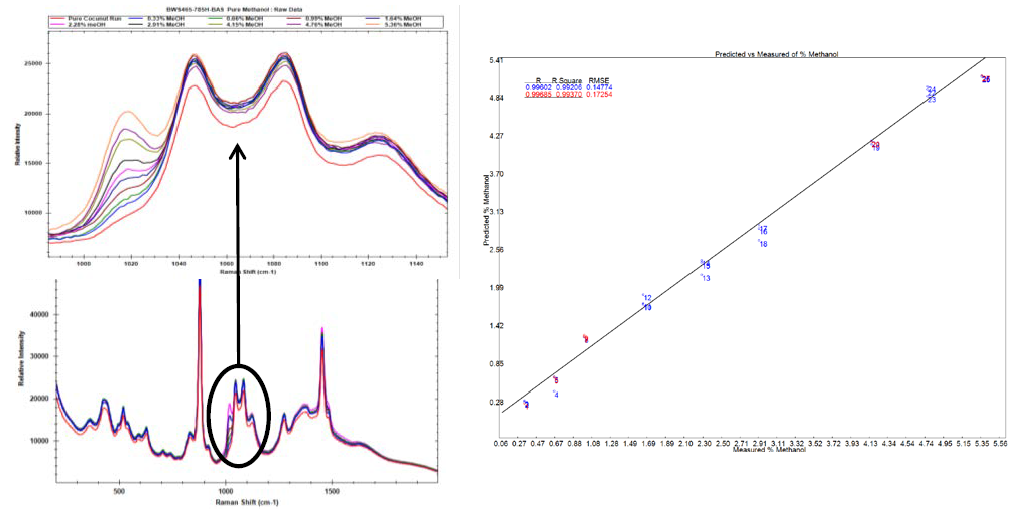In recent years, a disturbing trend has become apparent, drawing attention to major issues associated with dangerous, illegally brewed alcohol on a global scale.
Home-distilled alcohol that has been brewed from industrial solvents, such as wood alcohol, and presented as an alcoholic beverage frequently includes methanol, which can cause blindness and even lead to death when ingested.
This matter in question has been reported with dire and lethal consequences on several continents.1-3 It came to a climax in September of 2012 when the Czech Republic officially prohibited the sale of hard liquor after the deaths of 20 people caused by the consumption of spirits with fatal levels of methanol, which may occur when home brewing.2
After an extensive and exhaustive study of various screening tools, the Czech Republic turned to the use of portable Raman spectroscopy as the primary screening tool for identifying and quantifying levels of methanol in contaminated spirits.
In this article, the reasons why portable Raman spectroscopy is the best choice for this application are detailed by presenting a real-world example of methanol-laced rum.
Key Advantages
Raman is well-established as an analytical tool for the close discrimination of molecules deemed similar such as ethanol (C2H5OH) and methanol (CH3OH), as seen in Figure 1.

Figure 1. Raman spectra of reagent grade ethanol (red) and methanol (blue).
Image Credit: B&W Tek
What makes Raman well-suited for this specific application over other technologies, such as FTIR, is its capacity to measure through optically transparent containers and its insensitivity to water interference.
These two major properties have enabled screeners to test accurately for the presence of methanol down to ~1% by volume in the field without having to open the bottles/containers being tested.
Experiment and Results
To demonstrate the efficacy of this method, an in-house study was conducted to measure coconut rum commercially available, which was diluted with methanol in concentrations spanning 0.33% and 5.36%.
Similar to the method presently being used in Europe, the portable i-Raman® Plus was used because of its high-sensitivity, high-resolution and fiber-optic probe sampling to determine the Raman spectra of the mixtures as illustrated in Figure 2a.
The spectra were then evaluated using BWIQ® chemometric software. A PLS regression model was designed using the data that was baseline corrected using airPLS. The two factor model prepared over the range from 920 cm-1 and 1580 cm-1 supplied the calibration curve displayed in Figure 2b, which has an RMSECV of 0.17.

Figure 2. Raman spectra of methanol laced rum with varying concentrations of methanol (a) concentration curve generated from PLS regression model (b).
Image Credit: B&W Tek
Conclusion
These results confirm the validity of portable Raman spectrometers to identify adulterants and deliver quantitative results. This technique can be extended to other types of adulteration such as diethylene glycol-laced glycerin4 and even water dilution of spirits.
References
- D. W. Lachenmeier, K. Schoeberl, F. Kanteres, T. Kuballa, E. M. Sohnius, J., Addiction, 106 (Suppl.1):20-30 (2011).
- D. Spritzer and D. Bilefsky, New York Times 17 September 2012.
- B. Collins, “Methanol poisoning: the dangers of distilling spirits at home”, ABC Kimberley June 13, 2013, https://www.researchgate.net/publication/293569259_Identification_and_Quantification_of_Methanol_in_Contaminated_Spirits
- C. M. Gryniewicz-Ruzicka, S. Arzhantsev, L. N. Pelster, B. J. Westenberger, L. F. Buhse, and J.F. Kauffman, Applied Spectroscopy, 65(3):334-41 (2011)

This information has been sourced, reviewed and adapted from materials provided by B&W Tek.
For more information on this source, please visit B&W Tek.